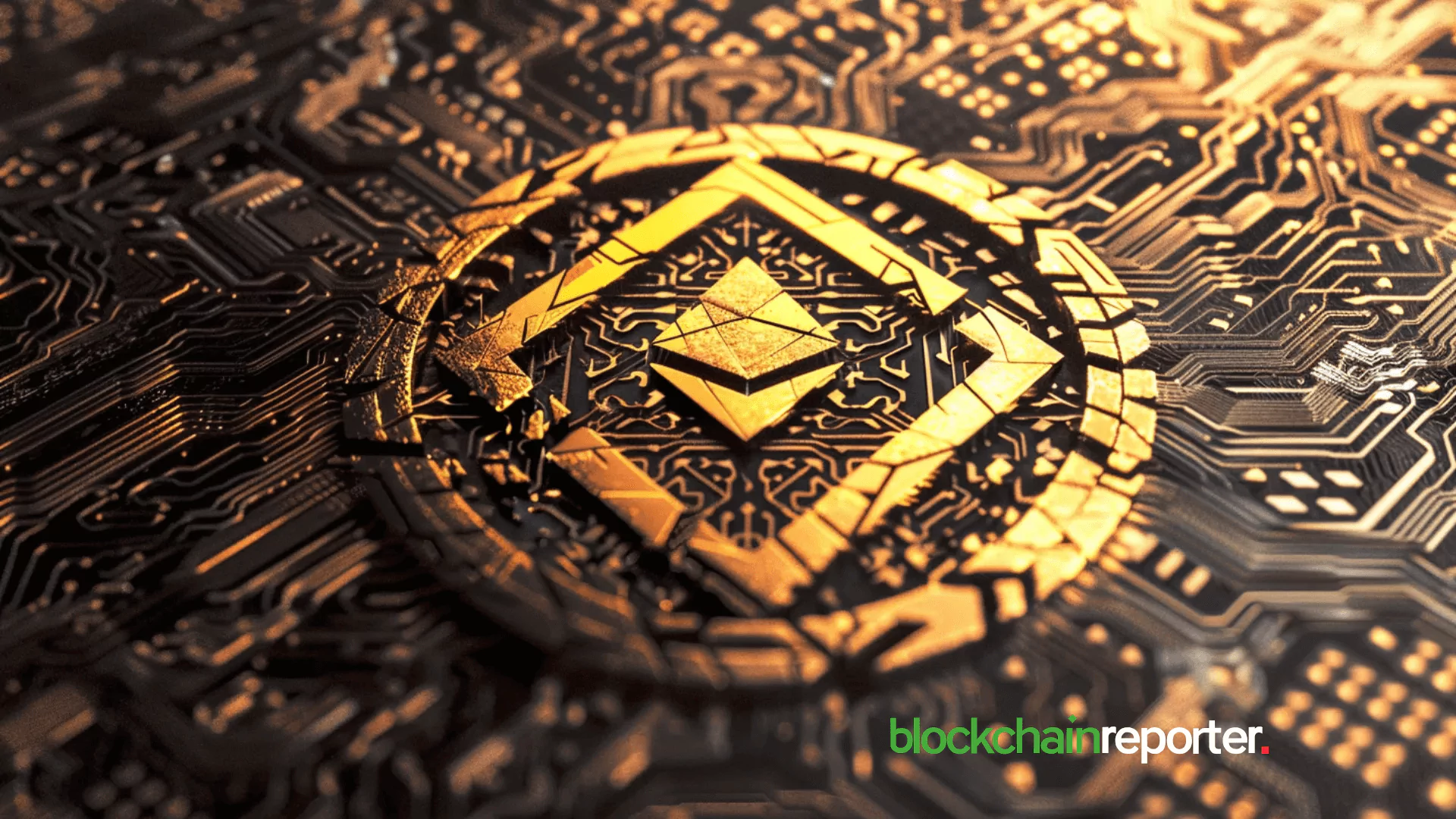What Are Market Makers and Takers? A Simple Trading Guide



In the trading world, including foreign, stocks, or crypto exchange, market makers and market takers play significant roles. Particularly, market makers are those who create selling or buying orders that are not executed instantly, while market takers rapidly sell or buy assets. Based on their crucial role in the market, it is necessary to have comprehensive information about them to better engage with trading.
Understanding Market Makers and Market Takers
Market makers are the parties that create orders to sell or purchase assets based on certain conditions that are not immediately fulfilled. For example, a person creates a sell order for Bitcoin ($BTC) holdings under the condition that the execution must be done when the price reaches $120K. Keeping this in view, the respective order creates liquidity, making it convenient for the others to rapidly sell or buy $BTC in the case of the condition. On the other hand, the market takers are the parties that sell or purchase instantly. Hence, the takers fill buy or sell orders that the creators make.
On any exchange, whether dealing with crypto, stocks or Forex, a matching is carried out between the sellers and purchasers. However, without these points, one requires advertising the trade offer on social media while hoping that someone takes interest in the offer. Thus, each of the market participants stands in one of the respective categories. Additionally, traders probably work as both simultaneously. Therefore, makers and takers are key market participants of the trading entities, while their presence or disappearance distinguishes robust exchanges from the others.
The Role of Liquidity
To thoroughly know about market makers and market takers, it is important to comprehend the concept of liquidity. In simple words, categorizing an asset as illiquid or liquid indicates how conveniently one can sell the respective asset. For instance, gold is a substantially liquid asset and can easily be sold for cash. On the other hand, the assets that have least investor interest are categorized as highly illiquid assets.
Similarly, a liquid market is the one where the investor can easily sell and purchase assets at a fair price. It is marked by substantial demand from those who intend to obtain the asset from those endeavoring to offload it. In line with activity, sellers and buyers tend to join in the middle. In this respect, the lowest ask price (or sell order ) will be almost equal to the highest bid price (or buy order). Therefore, the disparity between the lowest as and highest bid would be minor (or tight), denoting bid-ask spread.
Makers
Exchange platforms often compute an asset’s market value via an order book. This is a comprehensive ledger that includes all offers made by the consumers to sell or buy assets. One might, for example, give the instruction to purchase 4 $BTC at $400K, the respective instructions will be included in the order book. After that, at the time when the condition is met, the execution of this order will be executed. Therefore, the makers announce their intentions before time, while the exchange operates as a grocery store that takes a fee from the traders to place their goods (i.e., assets) into their inventory.
Most commonly, the institutions and big traders are the key market makers. However, small traders can also become makers as they just need to place orders that take time to be executed. Nonetheless, utilizing limit order is no guarantee for one to become maker. Therefore, one requires choosing “Post only” while placing order.
Takers
While makers create liquidity to provide convenience to the users in selling or buying an asset, takers are the ones who remove a portion of the respective liquidity. When they place a market order at the existing price of the asset, it is executed immediately. Specifically, if someone has ever placed an order to trade an asset at the existing rate, they have played the role of a taker.
Fees for Makers and Takers
Several exchanges make a notable revenue by implementing trading fees for providing matching services. Hence, whenever someone creates an order, the exchange takes a minor amount of that at the time of execution in terms of fees. Generally, the exchanges offer a rebate to makers for adding liquidity. That is beneficial for business purposes by attracting more traders.
Conclusion
This indicates the vital role that the makers and takers play in the market. On one hand, makers deliver liquidity, and on the other hand, takers utilize that liquidity. Thus, several exchanges follow a maker-taker model, giving noteworthy attention to makers. With this, they reward makers for liquidity provision. Contrarily, as takers leverage the liquidity that the makers provide to conveniently sell or buy assets. As a result of this, they often have to pay considerable fees to carry out their activities.

zkPyTorch Launch Brings Zero-Knowledge Machine Learning to PyTorch Developers
Polyhedra introduces zkPyTorch, enabling fast, private, and verifiable machine learning using PyTorc...

Whale Sells 44K SOL After Earning $649K Profit and $64K in Staking Rewards
In a planned transaction, ZkSjMB, the SOL whale, has managed to earn close to $649k in profits in o...

Lates Binance Wallet Token Generation Events: AlayaAI, CUDIS, and Reddio Dominate with Strong Metrics
Binance Wallet TGEs attract thousands as CUDIS, Reddio, and AlayaAI raise massive BNB, highlighting ...

